Six weeks into the 2025-2026 school year, it appears most students have adjusted to the New York State Distraction-Free Schools law, which prohibits “the use of smartphones and other internet-enabled personal devices on school grounds in K-12 schools for the entire school day (from “bell to bell”).” While the effect it has within classrooms and student interactions seems to be mostly positive, there are issues of logistics, practicality and enforcement.
In the classrooms, both teachers and students have noticed a difference.
“Honestly ever since the ban was placed, I can focus in class a lot more,” said Junior Sadia Tasnim. “Even the other students around me, at least in class, are all paying attention when a teacher starts to speak. People are actually starting to do the classwork they are assigned to do,” she said.
Teachers agree that there’s been a positive change.
“Kids are actually talking and collaborating instead of being on their phone,” said math teacher Nicole Francipane. “It’s just beautiful.”
However, most students are not happy about the bell-to-bell ban. Senior Shifa Tahir finds it to be an unnecessary restriction.
“I feel like students usually didn’t use their phones in class [before the ban], at least that’s the experience I had,” said Tahir. “I don’t think I’ve ever genuinely faced such a serious disruption where this ban felt necessary. In the past, teachers used phone walls in class, and that was effective enough. This whole ban didn’t need to happen,” she said.
Freshman Bissan Ibrahim agreed.
“I feel like it’s slightly unnecessary and just a waste of everybody’s time,” said Ibrahim.
Beyond the classroom, some students and staff have also noticed a change in the overall atmosphere of the school, whether in the hallways, the cafeteria or amongst students in general.
Principal Meredith Inbal noticed the change in the hallways from the first day of school because students weren’t looking down at their phones.
“I used to get so frustrated when I would walk in the hall and say “hi” to a kid and then realize after they walked by me that their earbud was in, they didn’t even hear me and I thought they were being rude when they didn’t say “hi” back – that’s gone away,” said Inbal.
School aide Tyler Marshall, who has responsibilities that include monitoring the entrance to the building and the hallways has seen it, too.
“They’re not coming out of their classrooms as much to go meet up with their friends,” Marshall said.
The ban also affects how students interact in the cafeteria.
“There’s more face to face interactions. In the lunchroom, too, for sure, they’re talking a lot more,” said humanities teacher and soccer coach Jake Roche.
Tahir, who isn’t in favor of the ban, recognizes the impact of it during lunch, but she’s just not convinced that it’s beneficial.
“I think the phone ban actually forces kids who don’t like to talk to others to have to communicate,” said Tahir. “I just feel like having a phone makes me feel secure enough to not force myself to talk to other people, but I can see why they think it’s a good thing,” she said.
Ibrahim noticed more conversations, “people are actually talking more” in the cafeteria, but also that students are still using a device.
“A lot of people are using their Chromebook instead of using their phones,” Ibrahim said.
In fact, students are still able to access Instagram on their Chromebooks. They can also use Google Chat, listen to music and play video games. Principal Meredith Inbal acknowledged that the use of Chromebooks for these purposes has increased since the ban went into effect.
In addition to the Chromebook issue, there are other problems. One complaint is about how devices are collected. Students have to put their phones into clear, plastic cases, which are then locked. Students keep the locked case with their phone inside until they’re leaving the building and then a staff member unlocks them.
“I’m usually late to my classes even though I get to school on time but the phone process, like locking it up [in the plastic case], just takes so much time,” said Tahir.
Inbal acknowledged that there are some glitches, including about what happens when a student’s phone is confiscated. According to the QSI policy, a parent or guardian has to come to the school to pick it up.
“What happens when a parent doesn’t come to pick up a kid’s phone and we have the phone in our possession for like a week because they broke the policy,” said Inbal. “So those are the kind of things we have to figure out.”
Some students think that if the ban is so great it should be for everyone in the school, not just students. Inbal seems open to the idea.
“I think that I would actually love it if someone took my phone; I’m trying to detox from social media,” said Inbal. “If I didn’t have to follow the chat all day long, it would be beautiful. I’d probably get so much more done.”
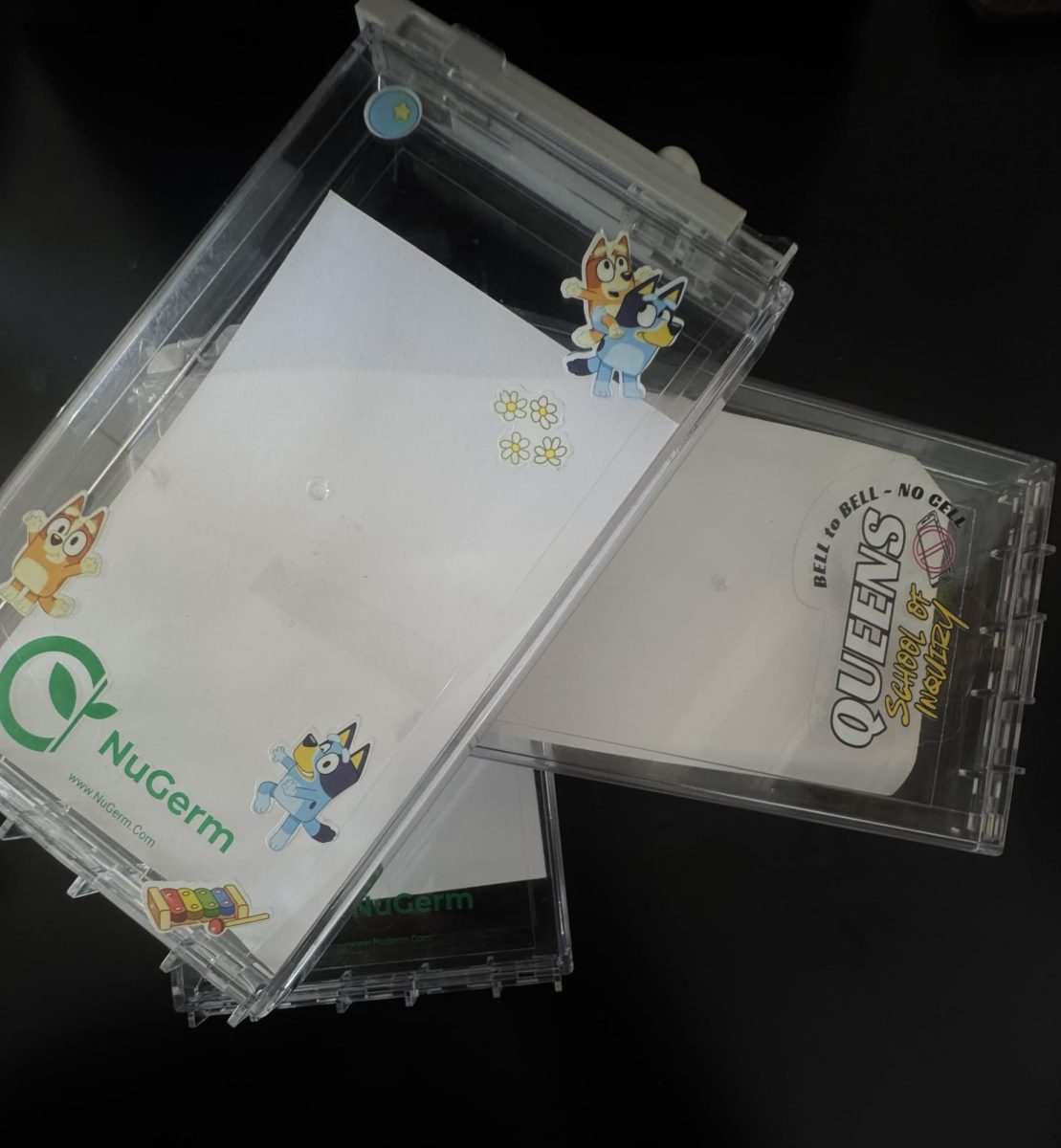



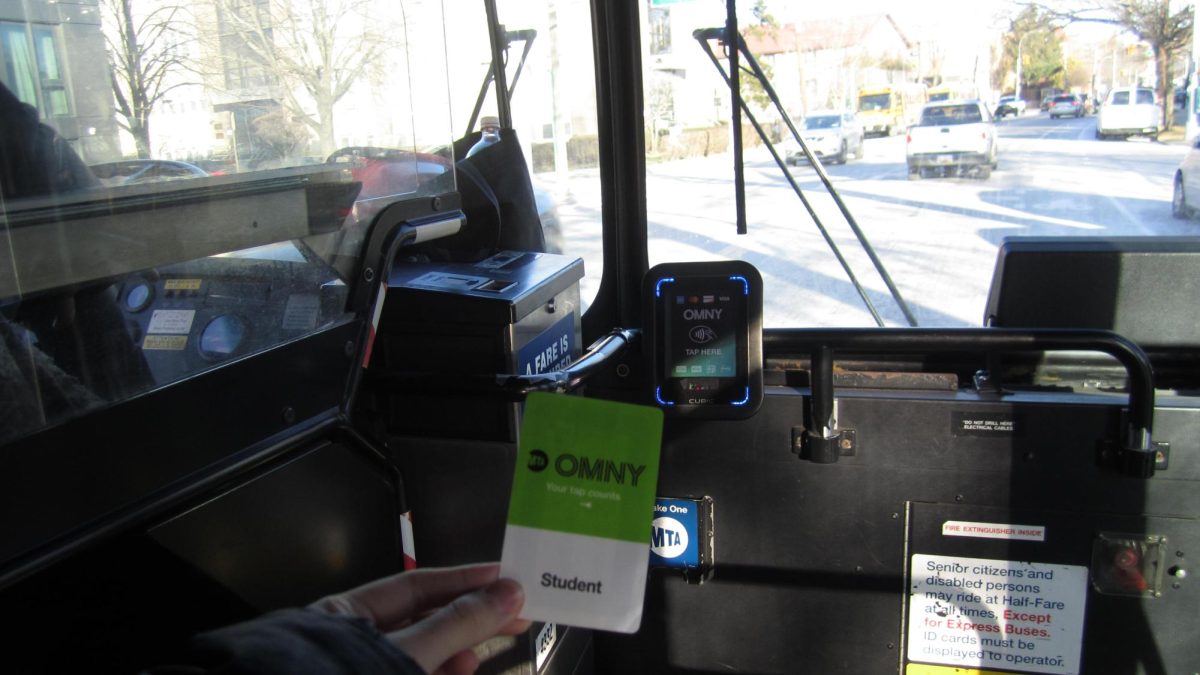
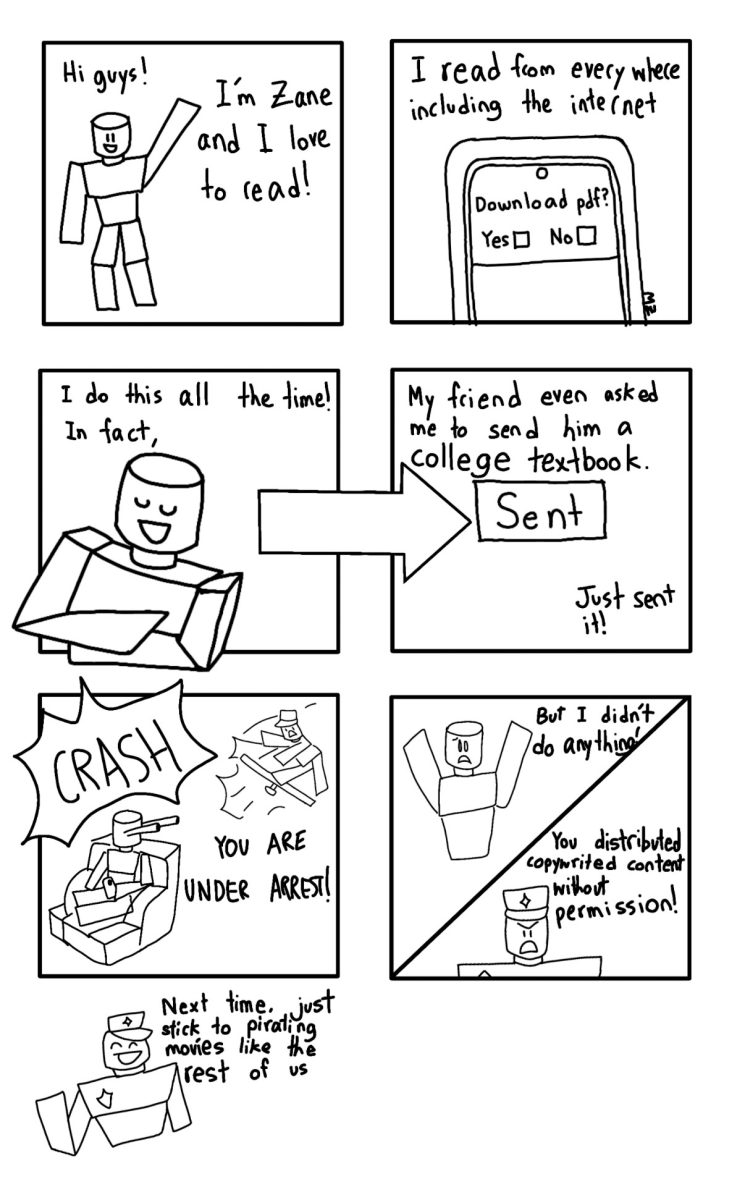


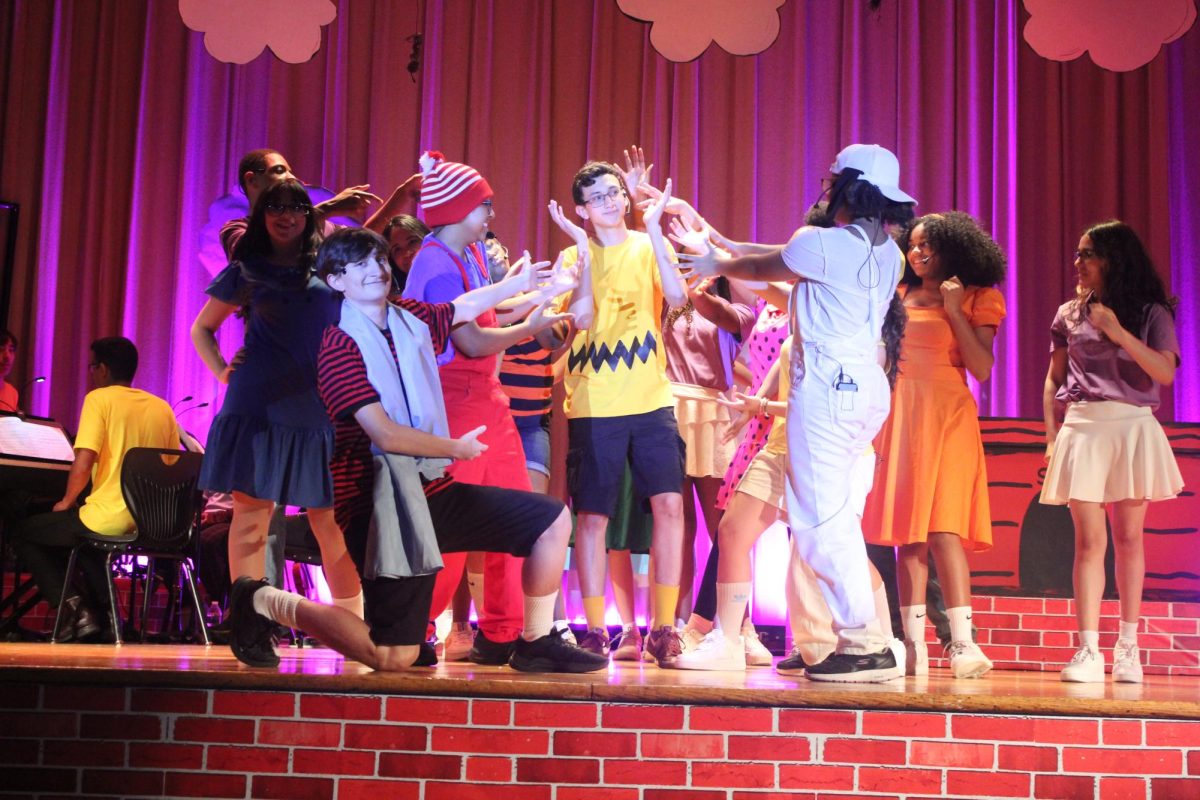
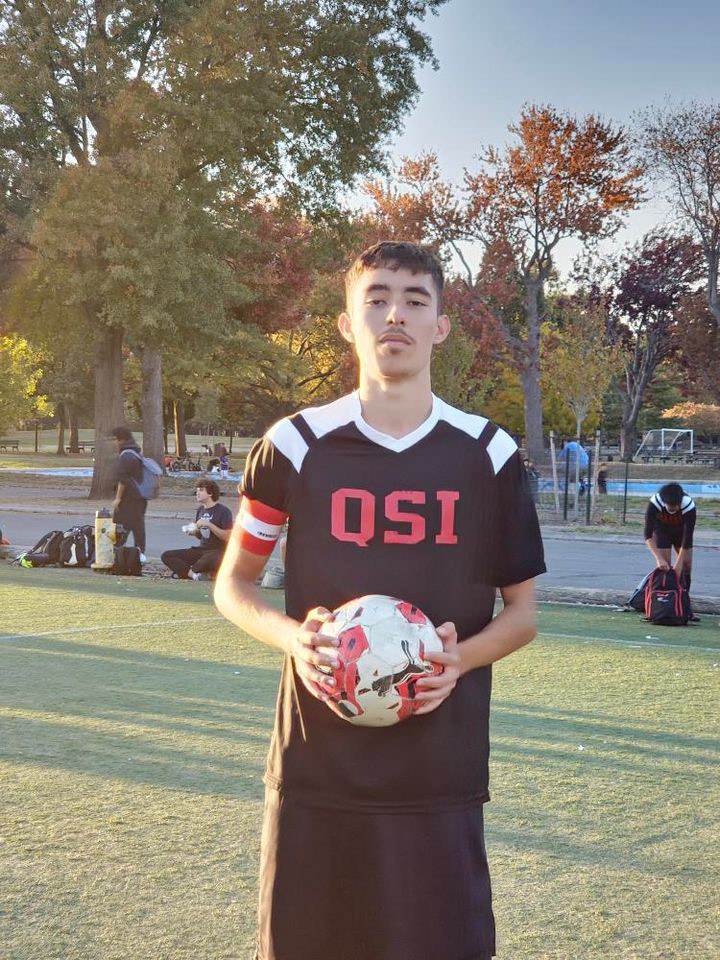
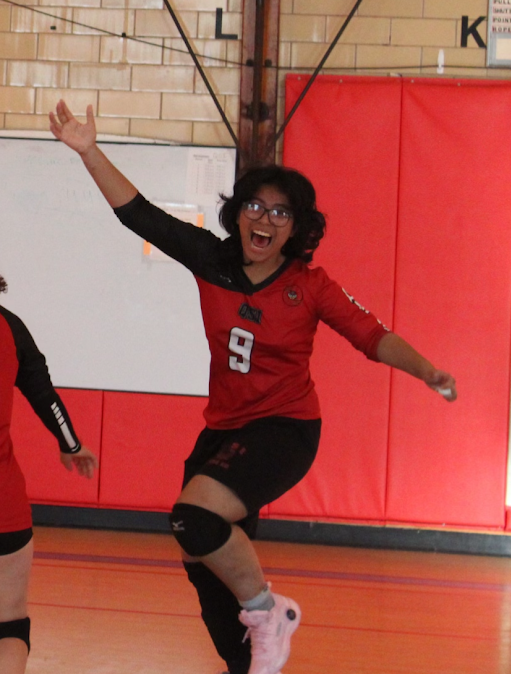
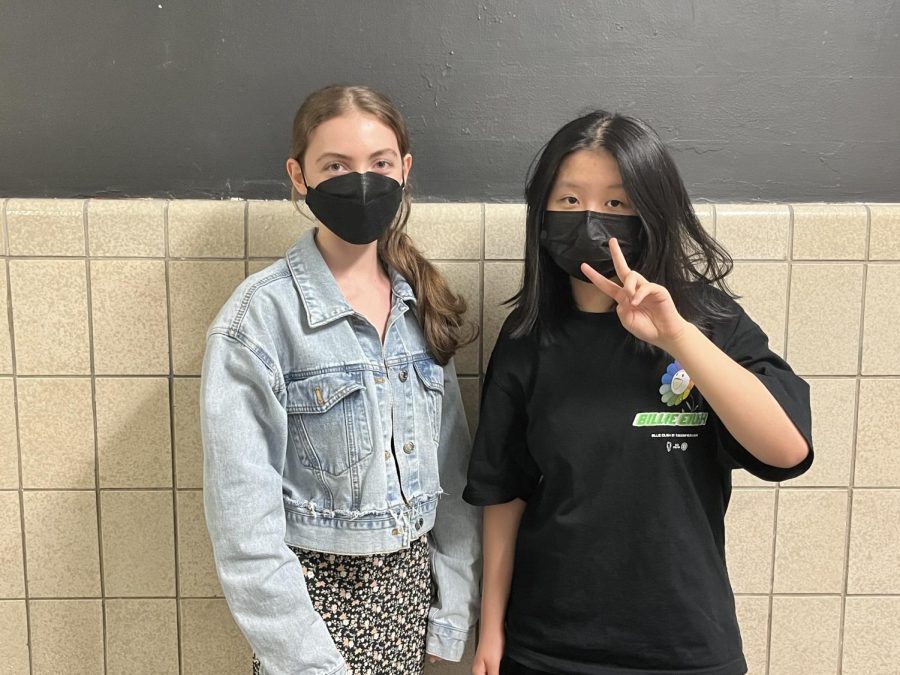
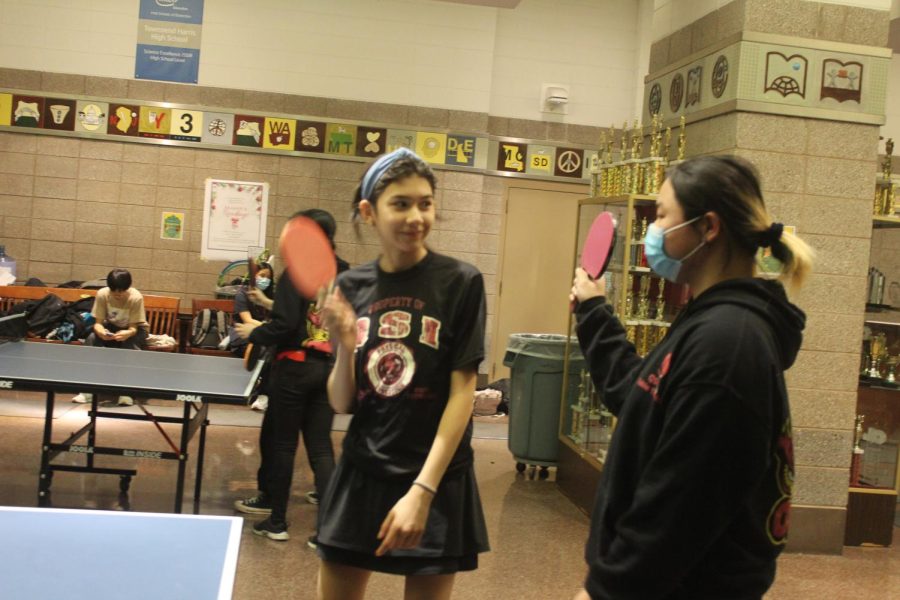





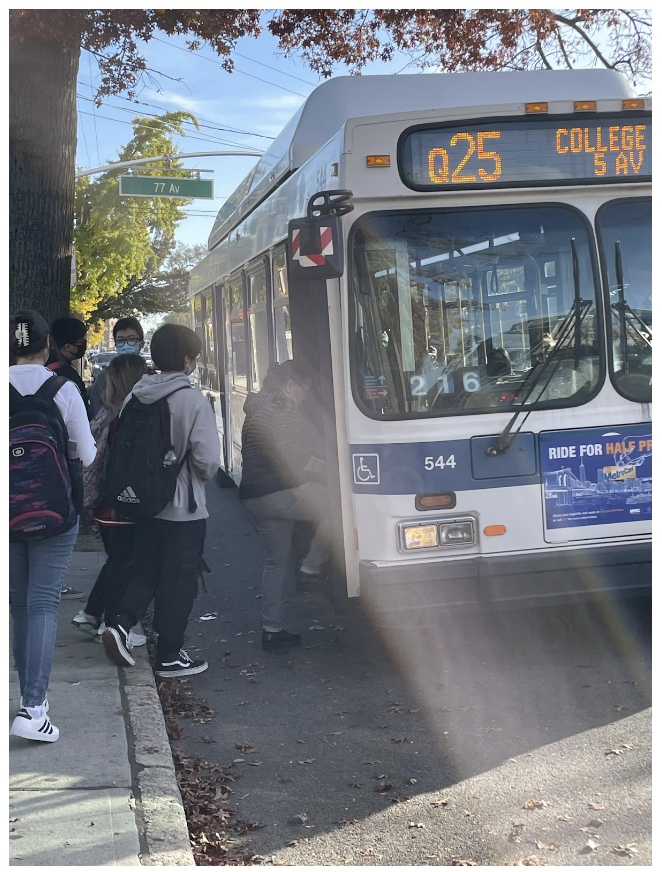
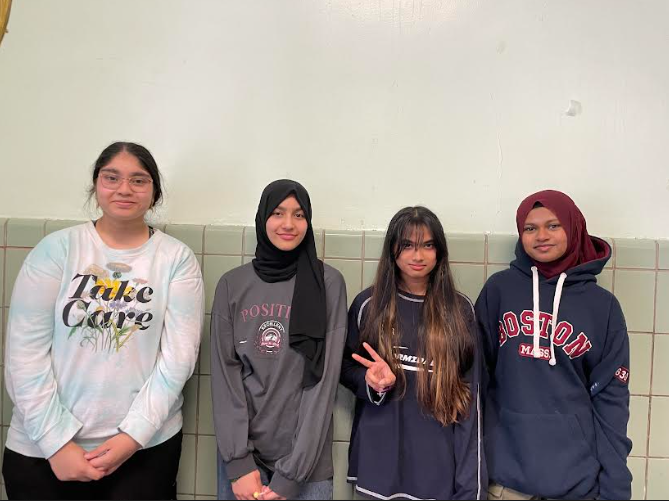


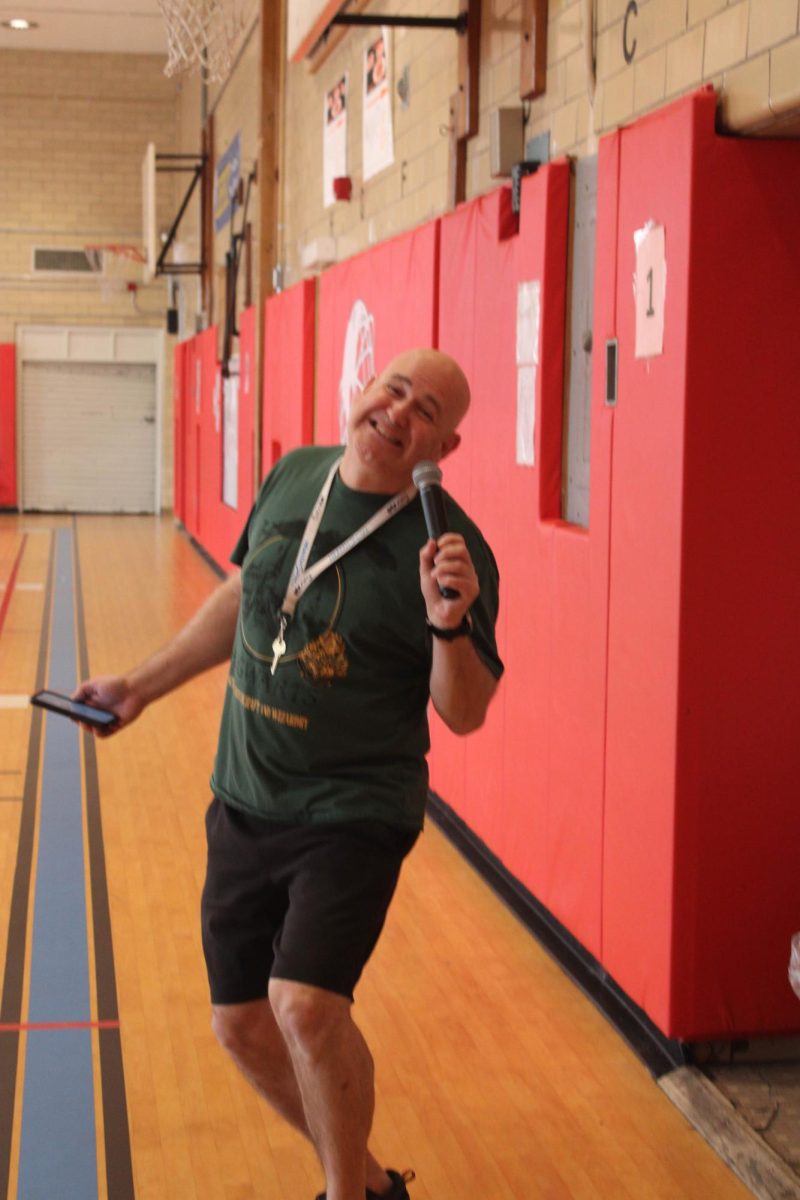





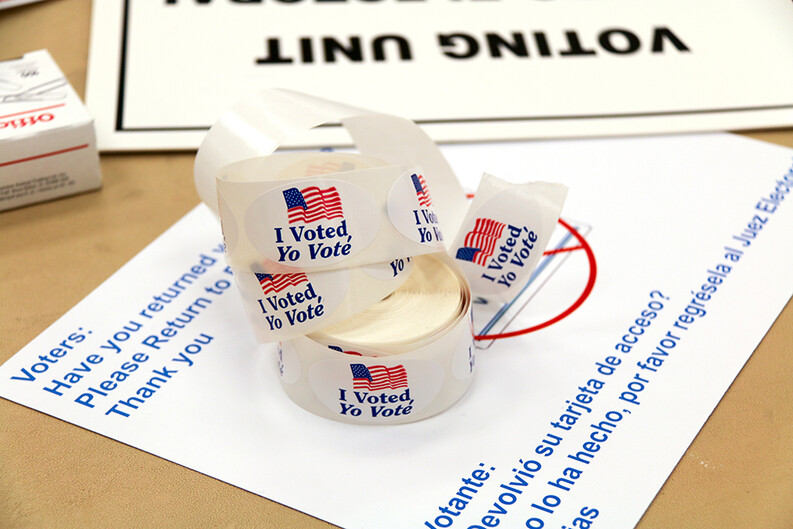
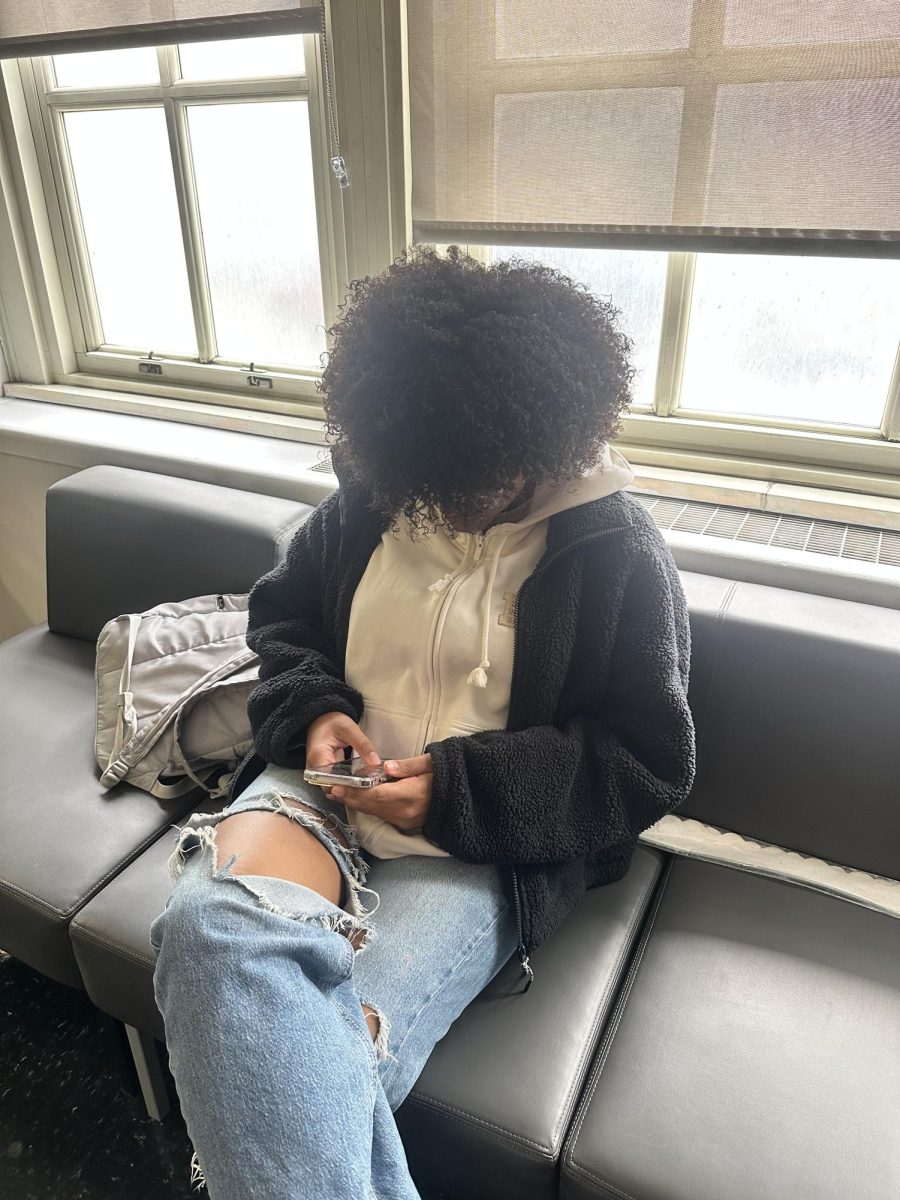


Melina • Oct 24, 2025 at 2:56 PM
I agree that the phone ban is a waste of time, it’s unnecessary and it especially affects students that has to leave and enter the building to attend classes between Queens College and QSI. I’ve noticed an increased in late comers 6th period and I’ve heard it’s because there’s lines into the building because they’re waiting to get their phone locked. I’m not sure if there’s any changes to that now but it was especially the case when students were adapting to the new ban.